The Wine Tourism Market is currently characterized by a dynamic competitive landscape, driven by increasing consumer interest in experiential travel and the growing popularity of wine culture globally. Key players such as Vineyard Tours (US), Wine Country Tours (US), and Wine Adventures (AU) are strategically positioning themselves to capitalize on these trends. Vineyard Tours (US) focuses on enhancing customer experiences through personalized tours and exclusive vineyard access, while Wine Country Tours (US) emphasizes partnerships with local wineries to offer unique tasting experiences. Wine Adventures (AU) has adopted a digital-first approach, leveraging technology to streamline bookings and enhance customer engagement, thereby shaping a competitive environment that prioritizes innovation and customer-centric strategies.
The business tactics employed by these companies reflect a moderately fragmented market structure, where local operators often compete with larger, established firms. Key tactics include localizing offerings to cater to regional preferences and optimizing supply chains to ensure seamless service delivery. This competitive structure allows for a diverse range of experiences, appealing to various consumer segments and fostering a vibrant marketplace.
In August 2025, Vineyard Tours (US) launched a new mobile app designed to enhance the customer experience by providing real-time updates on vineyard events and personalized recommendations. This strategic move not only aims to improve customer engagement but also positions the company as a tech-savvy leader in the wine tourism sector. By integrating technology into their offerings, Vineyard Tours (US) is likely to attract a younger demographic, which is increasingly seeking digital solutions in travel planning.
In September 2025, Wine Country Tours (US) announced a partnership with a renowned local chef to create exclusive wine and food pairing events. This collaboration is significant as it not only diversifies their offerings but also enhances the overall experience for tourists, thereby increasing customer satisfaction and loyalty. Such partnerships may serve to differentiate Wine Country Tours (US) from competitors, as they provide unique, high-quality experiences that are difficult to replicate.
In July 2025, Wine Adventures (AU) expanded its operations into new regions, focusing on lesser-known wine areas that offer unique varietals. This strategic expansion reflects a growing trend towards exploring off-the-beaten-path destinations, appealing to adventurous travelers. By tapping into these emerging markets, Wine Adventures (AU) is likely to capture a niche audience, further solidifying its position in the competitive landscape.
As of October 2025, the Wine Tourism Market is witnessing trends such as digitalization, sustainability, and the integration of artificial intelligence in customer service. Strategic alliances among companies are increasingly shaping the landscape, allowing for shared resources and enhanced service offerings. Looking ahead, competitive differentiation appears to be shifting from price-based competition to a focus on innovation, technology, and supply chain reliability. Companies that can effectively leverage these trends are likely to thrive in an evolving market.




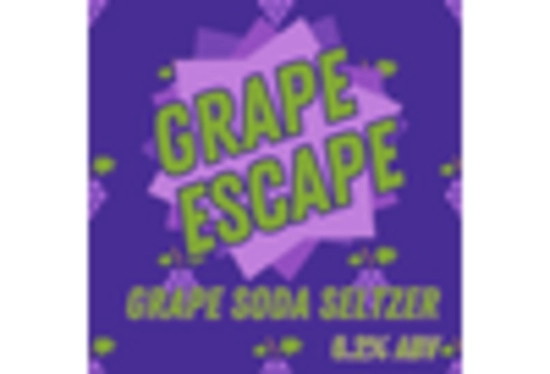
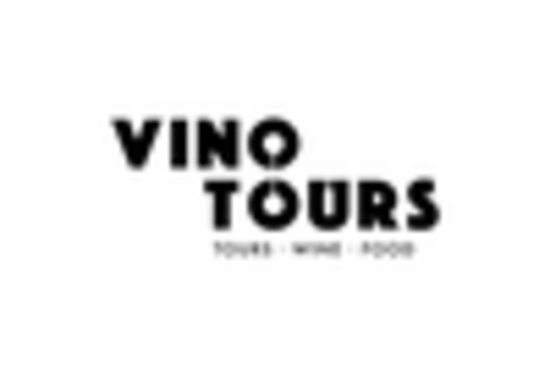
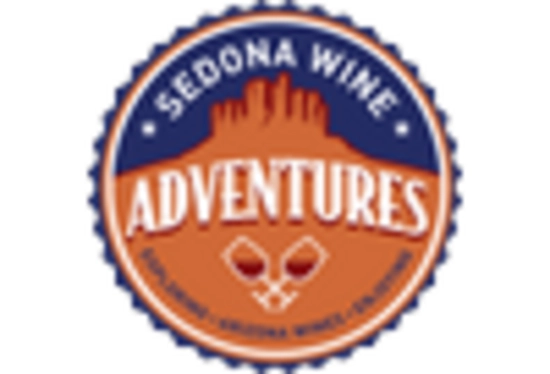
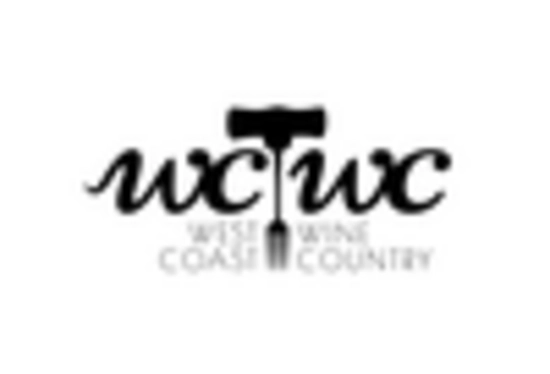

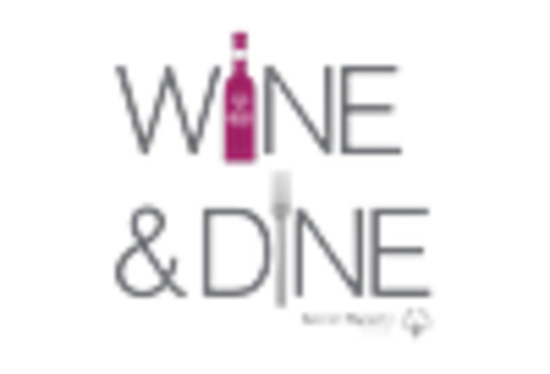








Leave a Comment